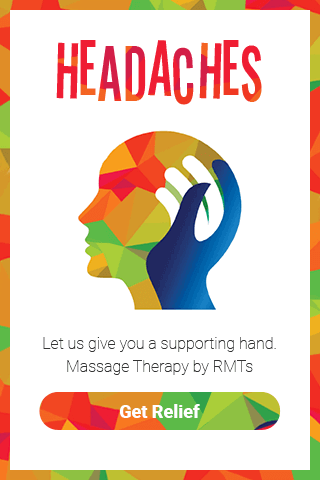By Susan Bernstein
The health benefits of massage are varied, but can it ease the pain of arthritis? Find out what’s proven to work best, and what you should know about massage for arthritis.
Like many people with arthritis, Connie DeIanni has days when her pain is hard to manage. One tactic she uses to fight her pain, as well as the stress that comes along with it, is a soothing massage.
“I’ve used massage as a therapy, but more for the sore muscles that are compromised due to flares,” says DeIanni, a Farmington, Utah, bank employee and college student who has rheumatoid arthritis. “There’s a calming effect on the tension and stress of the constant pain that is rewarding.”
Massage, whether conducted in a softly lit day spa or a treatment room at a physical therapy clinic, is something many people use to soothe sore joints and muscles, to ease anxiety or to help them sleep better. The National Center for Complementary and Alternative Medicine (NCCAM), part of the National Institutes of Health, reports that massage is one of the most popular complementary therapies used by Americans, with close to nine percent of adults using it. Until recently, little was known about why massage seemed to work, but recent research suggests that massage can affect the body’s production of certain hormones linked to blood pressure, anxiety, heart rate and other key vital signs. But is massage safe and effective for people with arthritis?
Massage and Arthritis
Regular massage of muscles and joints, whether by a licensed therapist at a spa or by self-massage at home, can lead to a significant reduction in pain for people with arthritis, according to Tiffany Field, PhD, director of the Touch Research Institute at the University of Miami School of Medicine, who’s conducted a number of studies on the benefits of massage, including on people with arthritis. In Field’s research and other recent studies on the effects of massage for arthritis symptoms, regular use of the simple therapy led to improvements in pain, stiffness, range of motion, hand grip strength and overall function of the joints.
While most research on massage examines its effects on the general population, not specifically people with arthritis, recently more studies are underway to study the effectiveness of massage for people with arthritis. For example, one 2006 study conducted at the University of Medicine and Dentistry of New Jersey examined 68 adults with knee osteoarthritis receiving two Swedish massages per week for eight weeks, compared to a group who received no massage. The massage group reported significant improvements in knee pain, stiffness, function, range of motion and walking, the researchers found.
Massage also benefits people with painful hand or wrist arthritis, Field concluded in another 2006 study that she conducted with colleagues in Miami. Twenty-two adults, mostly women, diagnosed with hand or wrist arthritis were given four weekly massages from a therapist and taught to massage their sore joints daily at home. Just a 15-minute, moderate pressure massage per day led to reduced pain and anxiety, and increased grip strength for the participants as measured on comparative pre- and post-therapy tests.
Most people who try complementary therapies, including massage, do so to address back and neck pain, according to a 2007 NCCAM report. A number of studies confirm the effectiveness of massage for back and neck pain, including one published in 2011 in the Annals of Internal Medicine that looked at the effectiveness of massage therapy on 401 people with chronic low back pain. The researchers found that massage did reduce their pain, and the benefits lasted at least six months. They also concluded that the type of massage wasn’t that important – different types worked about the same.
In fact, says Field, what matters most is the level of pressure used in the massage – preferably moderate to light. Her 2010 study, published in the International Journal of Neuroscience, showed that stimulating pressure receptors, or nerves under the skin that convey pain-reducing signals to the brain, with moderate pressure leads to reduced symptoms.
“The critical thing is using moderate pressure,” says Field. “Light pressure, just touching the surface of the skin or brushing it superficially, is not getting at those pressure receptors. Light pressure can be stimulating, not relaxing.”
